What Are Lion's Mane Mushrooms?
Lion's Mane mushrooms (Hericium erinaceus) are unique-looking fungi that stand out with their cascading, white, shaggy appearance resembling a lion's mane. Unlike typical cap-and-stem mushrooms, these distinctive fungi grow in a single clump of dangling spines. Native to North America, Europe, and Asia, they grow on hardwood trees and are increasingly popular in culinary circles for their delicate seafood-like flavor often compared to crab or lobster.
These remarkable mushrooms aren't just delicious but also pack impressive health benefits. Research suggests Lion's Mane may support cognitive function, reduce inflammation, boost immunity, and provide antioxidant properties. Their growing popularity in both gourmet cooking and as a functional food makes them an exciting ingredient to master in your kitchen.
Where to Find Lion's Mane Mushrooms
Before you start cooking, you need to source quality Lion's Mane mushrooms. Here are your best options:
Specialty Grocery Stores
Many well-stocked grocery stores with extensive produce sections now carry Lion's Mane mushrooms. Look for them in:
- Health food stores
- Asian markets
- Gourmet grocery stores
- Whole Foods and similar natural food chains
Farmers Markets
Local farmers markets are excellent places to find freshly harvested Lion's Mane mushrooms, particularly if you live in regions where these fungi grow naturally. Vendors specializing in mushrooms often have the freshest specimens and can provide advice on preparation.
Online Retailers
If local options are limited, numerous online retailers ship fresh or dried Lion's Mane mushrooms directly to your door. Many mushroom farms offer nationwide shipping of their freshly harvested products.
Grow Your Own
For the ambitious home cook, growing Lion's Mane mushrooms at home is increasingly popular. Many companies sell mushroom growing kits that allow you to harvest fresh Lion's Mane mushrooms right in your kitchen.
How to Select Fresh Lion's Mane Mushrooms
When purchasing Lion's Mane mushrooms, quality selection is crucial for the best culinary results:
- Color: Look for specimens that are white to pale yellow. Avoid any that show brownish discoloration, which indicates age.
- Texture: Fresh Lion's Mane should be firm but slightly spongy when gently pressed. Avoid any that feel soggy or slimy.
- Smell: They should have a mild, pleasant earthy aroma. Any strong or unpleasant smell indicates spoilage.
- Moisture: The mushroom should feel dry to the touch, not wet or excessively damp.
- Damage: Examine for any signs of bruising or damage, which can accelerate spoilage.
Storing Lion's Mane Mushrooms
Proper storage extends the shelf life and preserves the quality of your Lion's Mane mushrooms:
Fresh Storage
- Paper bag method: Place unwashed mushrooms in a paper bag and store in the refrigerator. The paper allows them to breathe while absorbing excess moisture.
- Container storage: Line a container with paper towels, add the mushrooms, and cover with another paper towel before closing. This helps manage moisture.
- Ideal temperature: Store at 36-40°F (2-4°C) in your refrigerator.
- Usage timeframe: Fresh Lion's Mane mushrooms should be used within 5-7 days for optimal quality.
Long-Term Storage Options
- Drying: Slice the mushrooms thinly and dry using a food dehydrator or oven at low temperature until completely dry. Store in airtight containers for up to a year.
- Freezing: Sauté mushrooms lightly, cool completely, then freeze in airtight containers for up to 3 months.
- Pickling: Create a vinegar brine and pickle Lion's Mane for a tangy, preserved option.
Preparing Lion's Mane Mushrooms for Cooking
Before cooking, Lion's Mane mushrooms require some preparation:
Cleaning
- Brush method: Use a soft mushroom brush or dry paper towel to gently remove any debris. Lion's Mane mushrooms are sponge-like and absorb water quickly, so avoid washing if possible.
- Quick rinse: If necessary, rinse very briefly under cold water and immediately pat dry with paper towels.
- Trim: Cut away any discolored portions or tough base sections.
Cutting Techniques
- Tear or slice: Lion's Mane can be torn into bite-sized pieces along their natural grain or sliced into steaks for different cooking applications.
- Cross-section cuts: For larger specimens, cutting into 1/2-inch thick "steaks" creates pieces that cook evenly and develop excellent texture.
- Shredding: For a crab-like texture, shred the mushroom using two forks pulling in opposite directions.
Basic Cooking Techniques for Lion's Mane Mushrooms
Lion's Mane mushrooms are versatile and can be prepared using various cooking methods:
Sautéing - The Essential Method
- Heat the pan: Use a heavy-bottomed skillet over medium-high heat.
- Add fat: Add 1-2 tablespoons of butter, olive oil, or a combination.
- Single layer: Place mushroom pieces in a single layer, giving them space to release moisture.
- Patience: Cook undisturbed for 3-4 minutes until golden brown on one side.
- Flip and finish: Turn pieces and cook for another 2-3 minutes until golden and slightly crispy on edges.
- Season: Add salt and pepper toward the end of cooking to avoid drawing out excess moisture.
Roasting for Deep Flavor
- Preheat: Set oven to 400°F (200°C).
- Prepare mushrooms: Toss torn or sliced Lion's Mane with olive oil, salt, and pepper.
- Arrange: Spread in a single layer on a baking sheet.
- Roast: Cook for 15-20 minutes, turning halfway through, until golden brown and crispy at the edges.
- Optional finish: Sprinkle with fresh herbs like thyme or rosemary in the last 5 minutes.
Grilling for Smoky Notes
- Prepare grill: Heat to medium-high (about 375-400°F).
- Slice thickly: Cut Lion's Mane into 1/2-inch thick "steaks."
- Oil and season: Brush with olive oil and season with salt and pepper.
- Grill: Cook for 4-5 minutes per side until grill marks appear and the mushroom is tender.
- Rest: Let rest for 2-3 minutes before serving to redistribute juices.
Deep Frying for Crispy Texture
- Prepare batter: Create a light tempura batter or use seasoned flour.
- Heat oil: Bring cooking oil to 350°F (175°C).
- Coat mushrooms: Dip torn pieces in batter or flour.
- Fry: Cook for 2-3 minutes until golden and crispy.
- Drain: Remove and place on paper towels to remove excess oil.

Advanced Lion's Mane Cooking Methods
Once you've mastered the basics, try these more advanced techniques:
Seafood Substitute Preparations
Lion's Mane's natural similarity to crab and lobster makes it perfect for plant-based seafood dishes:
-
Lion's Mane "Crab" Cakes
- Shred mushrooms finely
- Mix with breadcrumbs, mayonnaise, Dijon mustard, Old Bay seasoning, and finely chopped celery
- Form into patties and pan-fry until golden
-
Lion's Mane "Lobster" Roll
- Tear mushrooms into chunks
- Sauté until golden and tender
- Mix with vegan or regular mayonnaise, lemon juice, celery, and chives
- Serve in a toasted, buttered roll
Braising for Rich Flavor
- Prepare aromatics: Sauté onions, garlic, and carrots in oil until soft.
- Add mushrooms: Add large pieces of Lion's Mane and brown lightly.
- Liquid addition: Pour in vegetable or chicken stock, wine, or a combination.
- Simmer: Cook covered on low heat for 30-45 minutes until tender and flavorful.
- Reduce: Uncover and reduce liquid to create a rich sauce.
Infusing Oils with Lion's Mane
- Dry mushrooms: Dehydrate Lion's Mane completely.
- Heat oil: Warm olive oil to approximately 150°F (65°C).
- Infuse: Add dried mushrooms and remove from heat.
- Rest: Allow to infuse for 24-48 hours.
- Strain: Remove mushroom pieces and use the flavored oil in dressings or for cooking.
Delicious Lion's Mane Mushroom Recipes
Here are some tested recipes to showcase the versatility of Lion's Mane mushrooms:
Lion's Mane Mushroom Steak
Ingredients:
- 2 large Lion's Mane mushrooms, sliced into 1-inch thick steaks
- 2 tablespoons olive oil
- 2 tablespoons butter
- 2 garlic cloves, minced
- 1 tablespoon fresh thyme leaves
- Salt and freshly ground pepper
- 1 tablespoon balsamic vinegar
Instructions:
- Heat olive oil and butter in a cast-iron skillet over medium-high heat.
- Season mushroom steaks with salt and pepper.
- Sear mushrooms for 4-5 minutes per side until golden brown.
- Add garlic and thyme in the last 2 minutes of cooking.
- Drizzle with balsamic vinegar and cook for 30 seconds more.
- Serve immediately as a main course or side dish.
Creamy Lion's Mane Mushroom Pasta
Ingredients:
- 8 oz pasta of choice
- 2 tablespoons olive oil
- 1 tablespoon butter
- 8 oz Lion's Mane mushrooms, torn into bite-sized pieces
- 1 shallot, finely diced
- 2 garlic cloves, minced
- 1/2 cup white wine
- 3/4 cup heavy cream or coconut cream
- 1/4 cup grated Parmesan cheese (optional)
- 2 tablespoons fresh parsley, chopped
- Salt and pepper to taste
Instructions:
- Cook pasta according to package directions. Reserve 1/2 cup of pasta water.
- In a large skillet, heat oil and butter over medium heat.
- Add mushrooms and cook undisturbed for 4 minutes until golden on one side.
- Stir and continue cooking for 2-3 minutes until golden all over.
- Add shallot and garlic, cook for 1 minute until fragrant.
- Pour in wine and simmer until reduced by half.
- Add cream and simmer for 3-4 minutes until slightly thickened.
- Toss in cooked pasta, adding pasta water if needed to loosen sauce.
- Stir in Parmesan if using and parsley. Season to taste.
Lion's Mane Mushroom Tacos
Ingredients:
- 8 oz Lion's Mane mushrooms, torn into strips
- 2 tablespoons olive oil
- 1 teaspoon cumin
- 1 teaspoon smoked paprika
- 1/2 teaspoon chili powder
- 1/2 teaspoon garlic powder
- Salt and pepper to taste
- 8 small corn tortillas
- Toppings: avocado slices, pickled red onions, cilantro, lime wedges
Instructions:
- Heat oil in a skillet over medium-high heat.
- Add mushrooms and cook for 4-5 minutes until they begin to brown.
- Add all spices and continue cooking for 3-4 minutes until mushrooms are crispy at edges.
- Warm tortillas on a dry skillet or directly over a gas flame.
- Fill tortillas with mushrooms and desired toppings.
- Serve with lime wedges for squeezing over tacos.

Flavor Pairings for Lion's Mane Mushrooms
Lion's Mane mushrooms pair beautifully with a variety of ingredients:
Complementary Herbs and Spices
- Herbs: Thyme, rosemary, sage, parsley, chives
- Spices: Garlic, black pepper, smoked paprika, cumin, coriander
Perfect Flavor Combinations
- Buttery/Creamy: Butter, cream, coconut milk, soft cheeses
- Acidic: Lemon, lime, vinegars (especially balsamic)
- Umami enhancers: Soy sauce, miso, nutritional yeast
- Aromatics: Garlic, shallots, leeks, green onions
- Alcohol: White wine, sherry, sake, brandy
Wine and Beverage Pairings
- White wines: Chardonnay, Viognier, or Pinot Grigio
- Red wines: Light-bodied options like Pinot Noir
- Other beverages: Sake, dry hard cider, or light beers
Common Mistakes When Cooking Lion's Mane Mushrooms
Avoid these pitfalls for the best results:
Overcrowding the Pan
When too many mushroom pieces are cooked at once, they steam rather than sauté, resulting in soggy mushrooms instead of golden, crispy ones. Cook in batches if necessary to maintain proper spacing in your pan.
Using Too Much Water for Cleaning
Lion's Mane mushrooms are highly absorbent. Excessive washing causes them to become waterlogged and prevents proper browning. Stick to brushing or very brief rinsing.
Not Using High Enough Heat
Insufficient heat leads to mushrooms releasing water and simmering in their own juices rather than caramelizing. Always preheat your pan adequately before adding mushrooms.
Adding Salt Too Early
Salt draws moisture out of mushrooms. Adding it at the beginning of cooking can result in steamed rather than sautéed mushrooms. Season toward the end of the cooking process.
Stirring Too Frequently
Constant stirring prevents the development of a golden crust. Allow mushrooms to sit undisturbed for a few minutes to develop color and flavor before flipping or stirring.
Health Benefits of Cooking with Lion's Mane Mushrooms
Adding Lion's Mane to your diet offers numerous health advantages:
Nutritional Profile
Lion's Mane mushrooms are low in calories yet rich in:
- Protein
- Fiber
- B vitamins, particularly B12
- Minerals including potassium, zinc, and selenium
- Antioxidants
- Beta-glucans
Cognitive Support
Research suggests that compounds in Lion's Mane may support:
- Nerve growth factor (NGF) production
- Neuroprotective effects
- Memory and concentration
- Overall brain health
Digestive Health
Lion's Mane may benefit digestive health by:
- Supporting beneficial gut bacteria
- Reducing inflammation in the digestive tract
- Providing prebiotic fiber
- Potentially protecting against ulcers
Cooking Methods for Maximum Health Benefits
- Gentle cooking: Light sautéing preserves more nutrients than high-heat methods.
- Dual extraction: For medicinal benefits, some compounds are water-soluble while others are fat-soluble, so using both liquids and fats in cooking helps extract the full spectrum of beneficial compounds.
- Combining with vitamin C: Pairing with vitamin C-rich foods may enhance absorption of certain compounds.
Frequently Asked Questions About Cooking Lion's Mane Mushrooms
How do I know if Lion's Mane mushrooms have gone bad?
Signs of spoilage include:
- Slimy texture
- Strong, unpleasant odor
- Dark or yellowish-brown discoloration
- Visible mold
Can I eat Lion's Mane mushrooms raw?
While technically edible raw, Lion's Mane mushrooms are difficult to digest uncooked and their flavor and texture are vastly improved with cooking. The cell walls contain chitin, which requires heat to break down for proper nutrient absorption.
What's the best way to rehydrate dried Lion's Mane mushrooms?
Soak dried Lion's Mane in warm water for 20-30 minutes until fully rehydrated. Save the soaking liquid for use in soups or sauces as it contains flavor and nutrients from the mushrooms.
Can I substitute Lion's Mane mushrooms for other varieties in recipes?
Yes, Lion's Mane makes an excellent substitute for seafood in many recipes and can replace oyster mushrooms, king oyster mushrooms, or even shiitake in most dishes. Their unique texture makes them particularly good for seafood-style preparations.
Are there any contraindications for consuming Lion's Mane mushrooms?
People with mushroom allergies should avoid Lion's Mane. Those taking blood-thinning medications or preparing for surgery should consult a healthcare provider, as Lion's Mane may have mild anticoagulant effects. Always consult a healthcare professional before using any food for medicinal purposes.
Conclusion
Cooking with Lion's Mane mushrooms opens up a world of culinary possibilities, from simple sautés to sophisticated plant-based seafood alternatives. Their unique texture and delicate flavor make them a versatile ingredient that can enhance countless dishes.
With proper selection, storage, and cooking techniques, these remarkable fungi can become a regular part of your cooking repertoire. Beyond their gastronomic appeal, the potential health benefits make them a worthwhile addition to a balanced diet.
Whether you're a mushroom enthusiast, health-conscious cook, or culinary explorer, mastering the art of cooking Lion's Mane mushrooms will reward you with delicious meals and potentially contribute to your overall wellbeing. Start with simple preparations to appreciate their natural qualities, then experiment with more creative applications as you become comfortable working with this extraordinary ingredient.

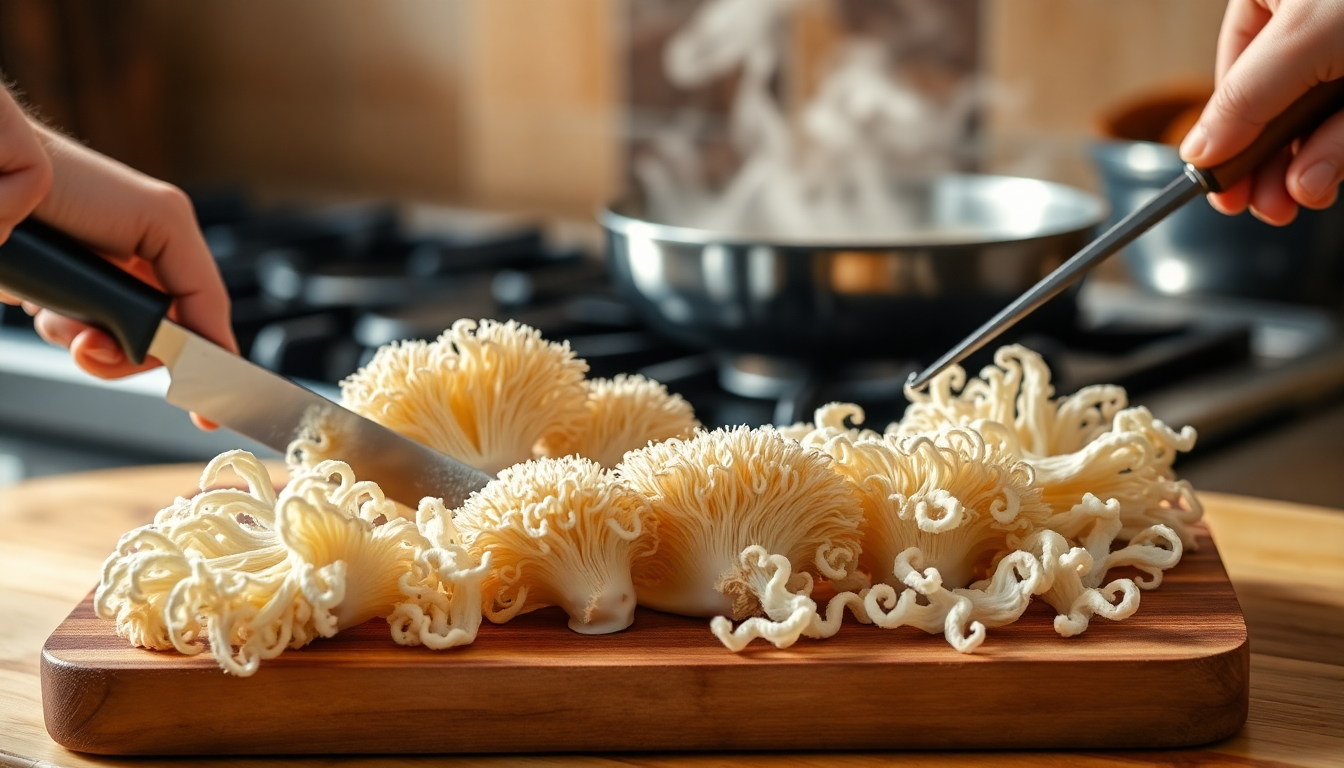
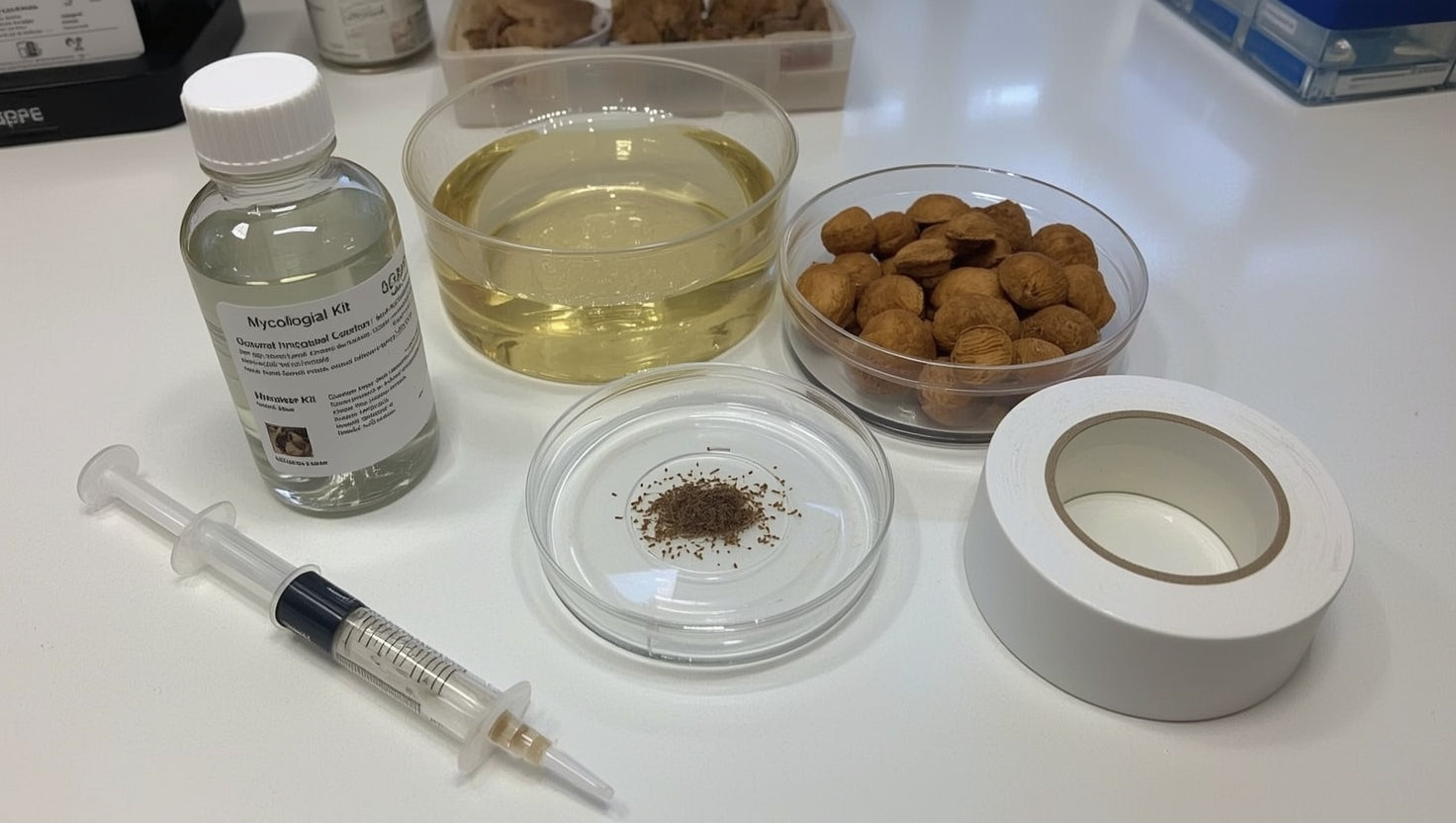
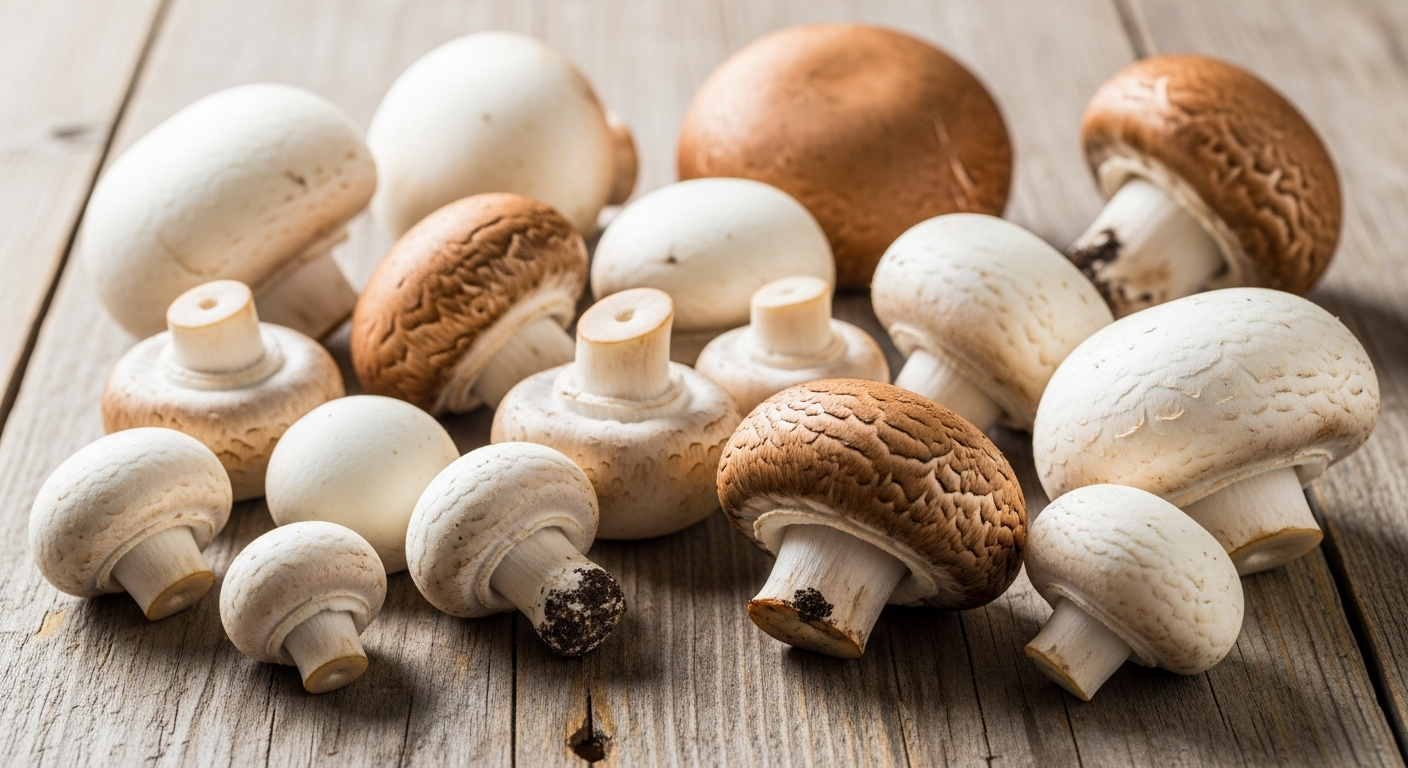
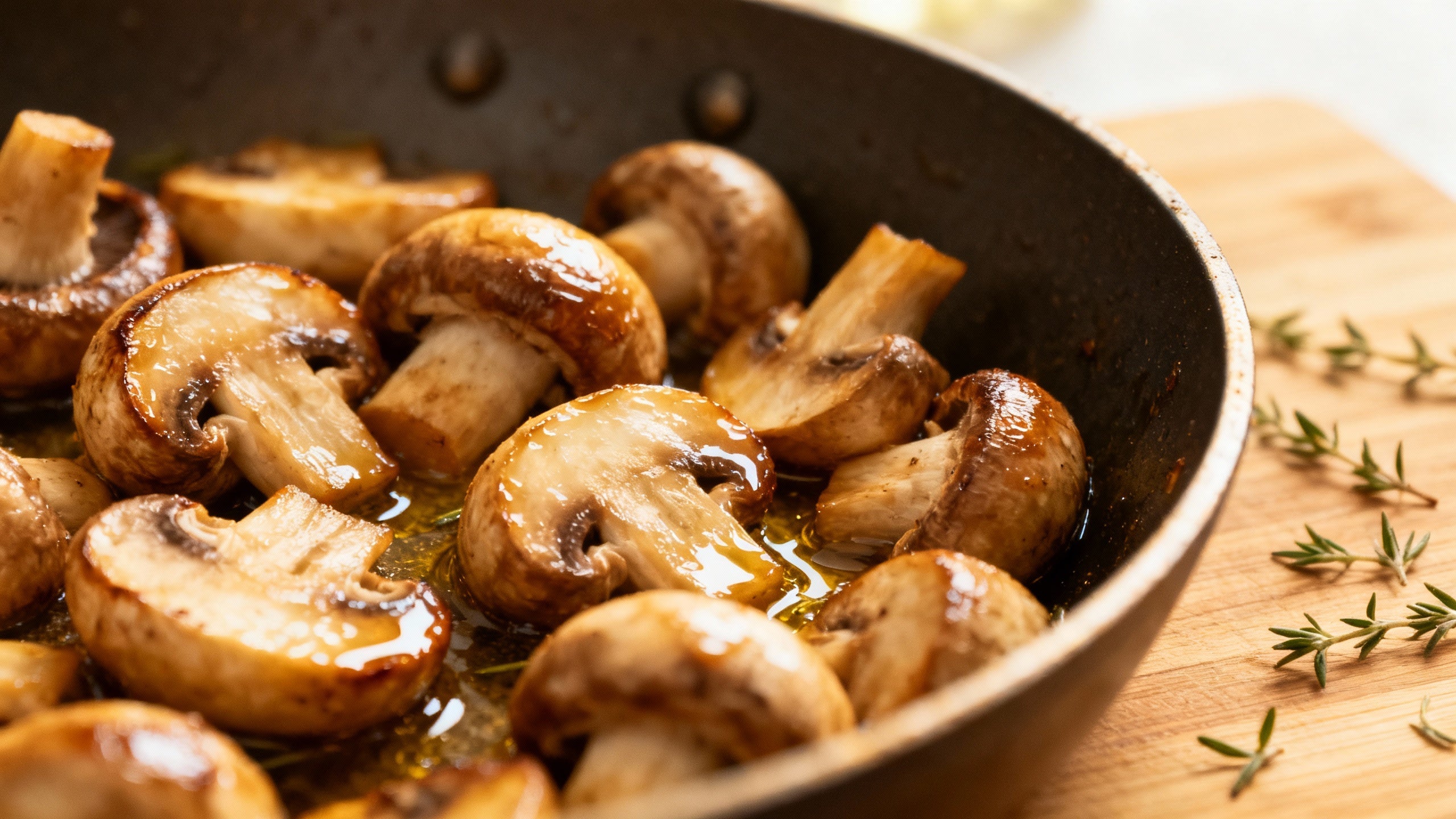
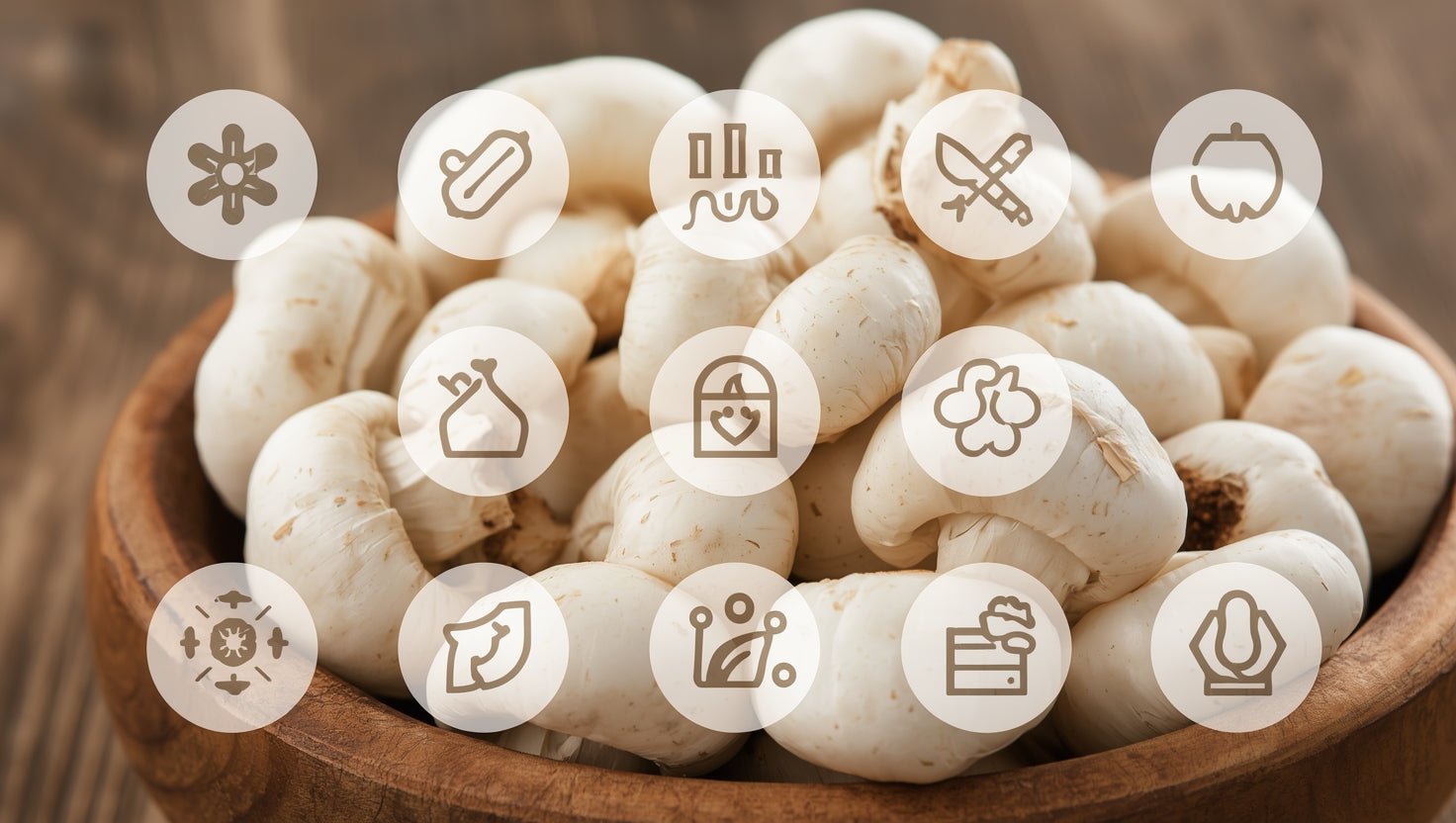
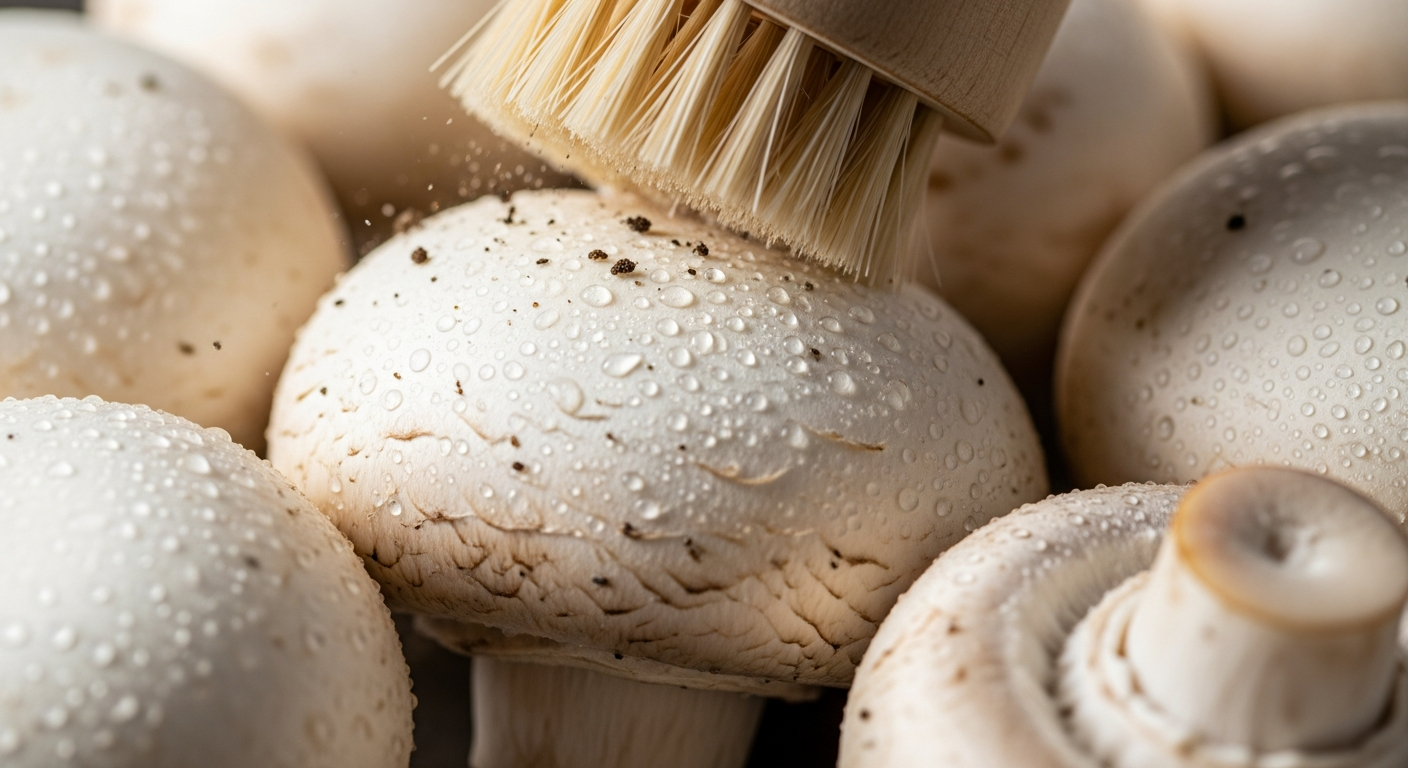
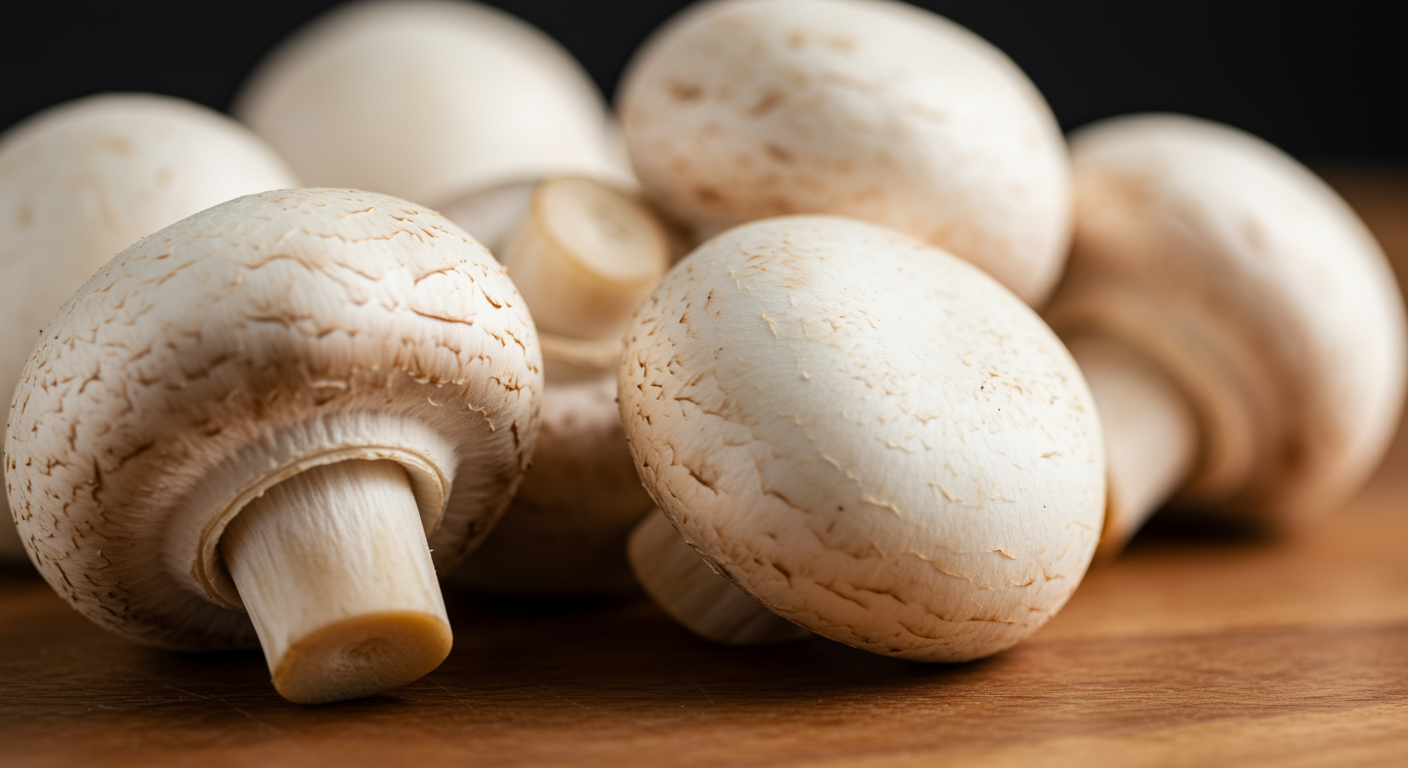
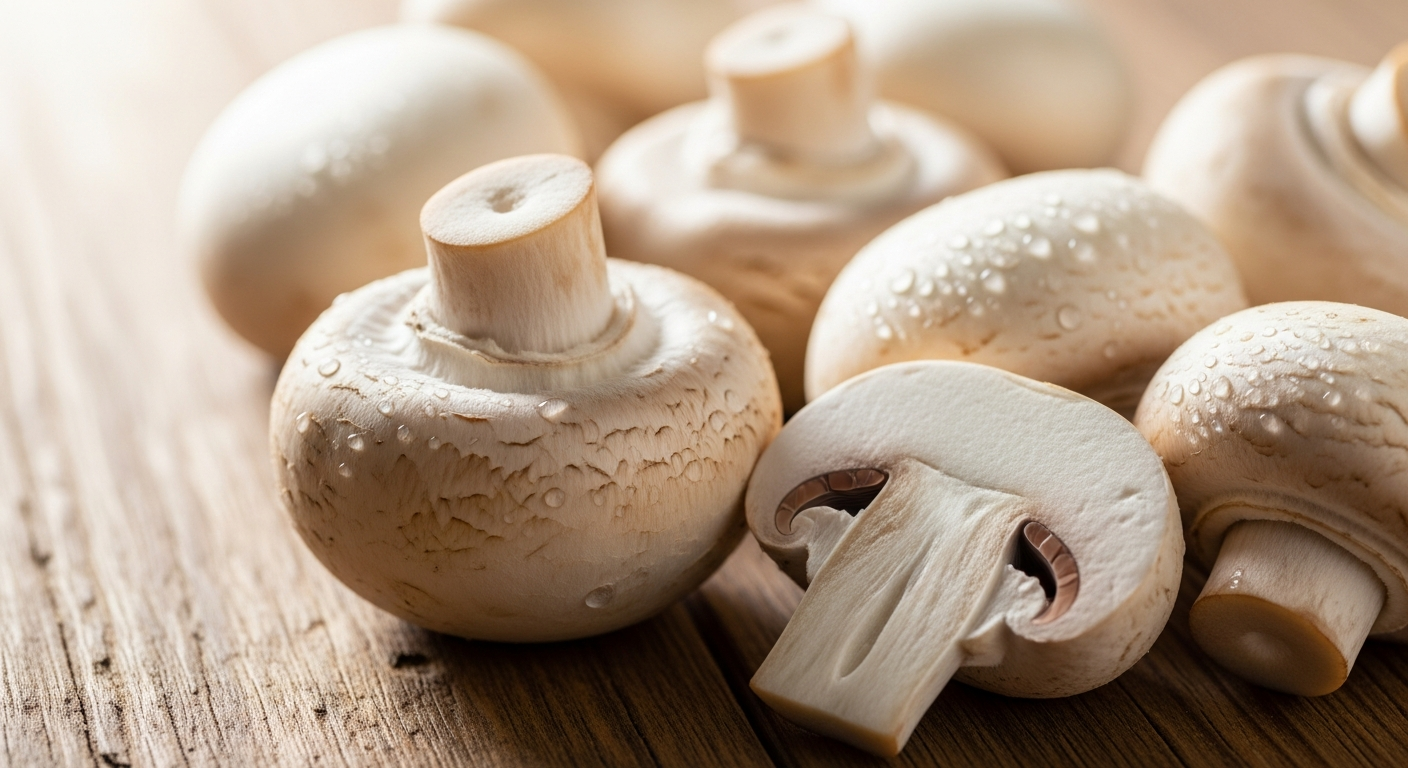
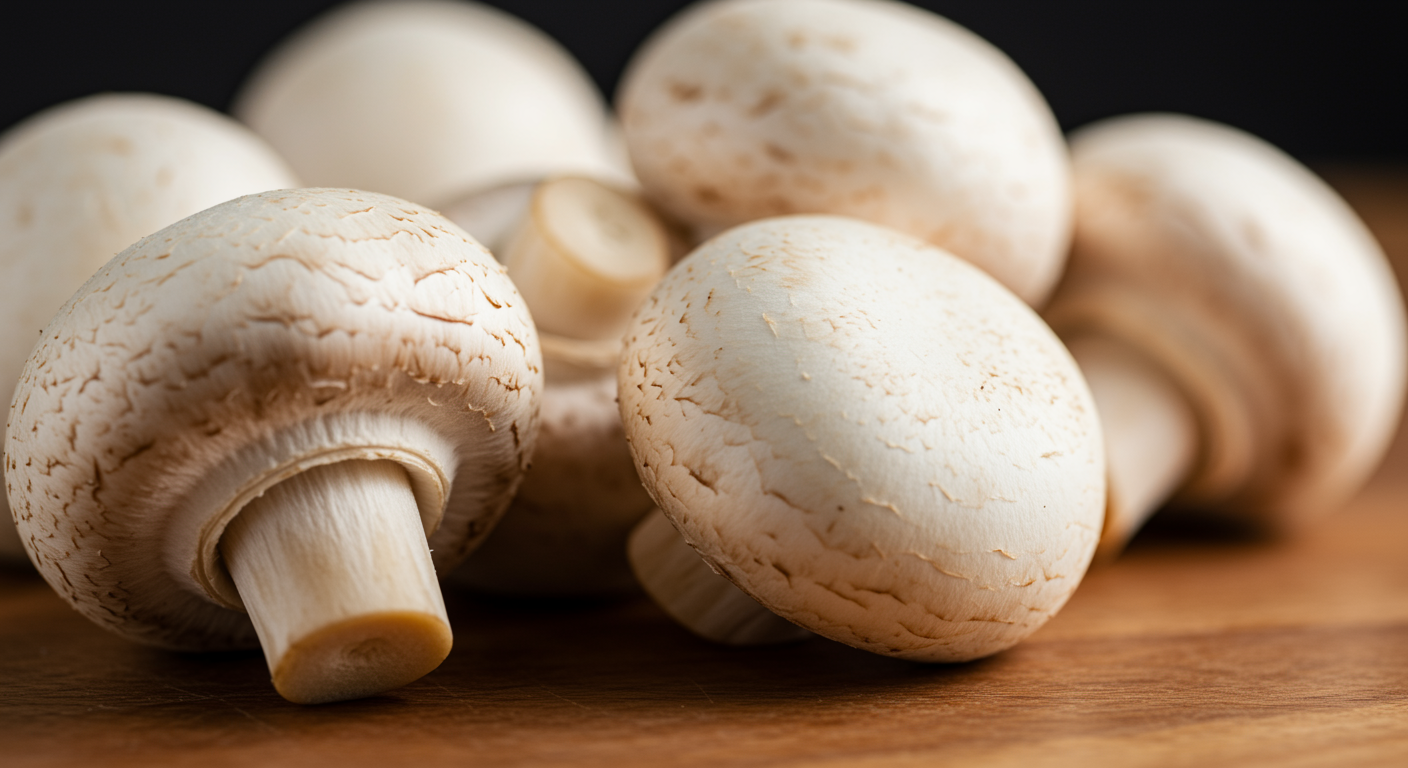
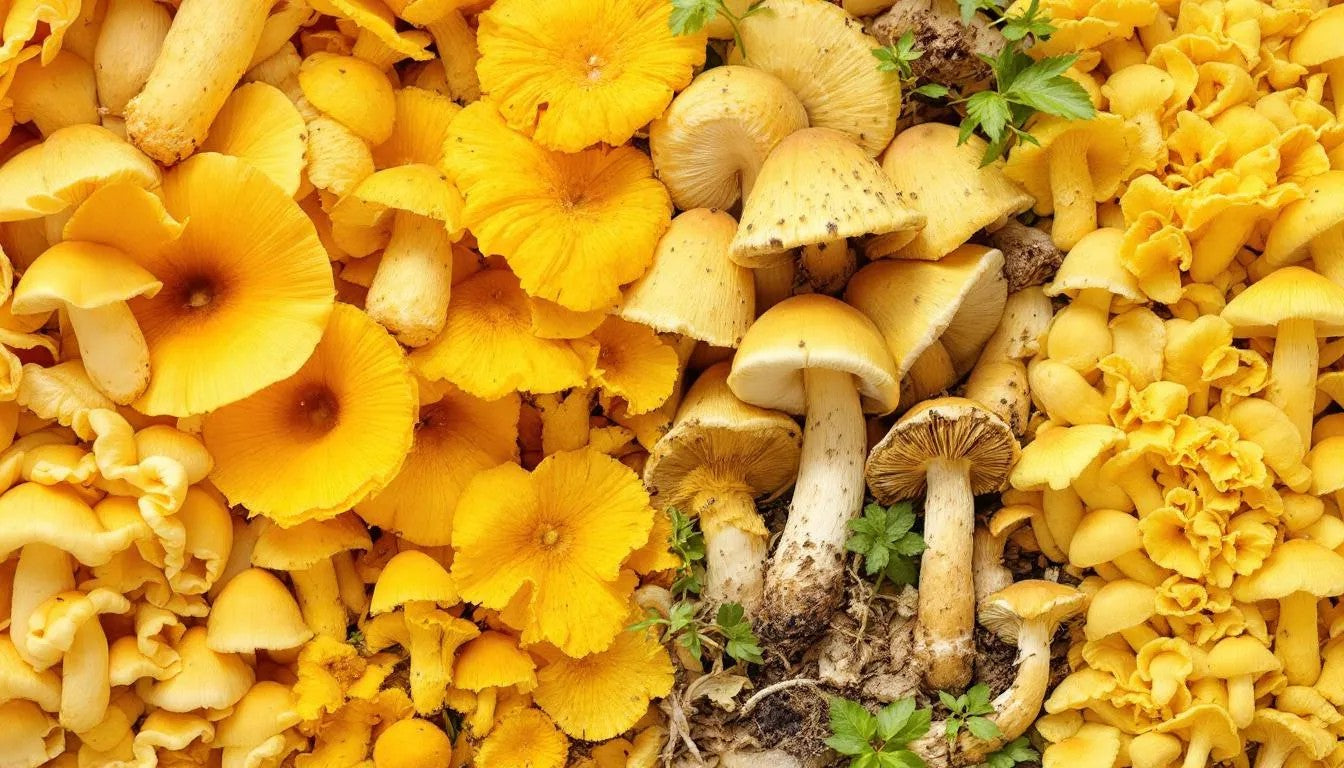

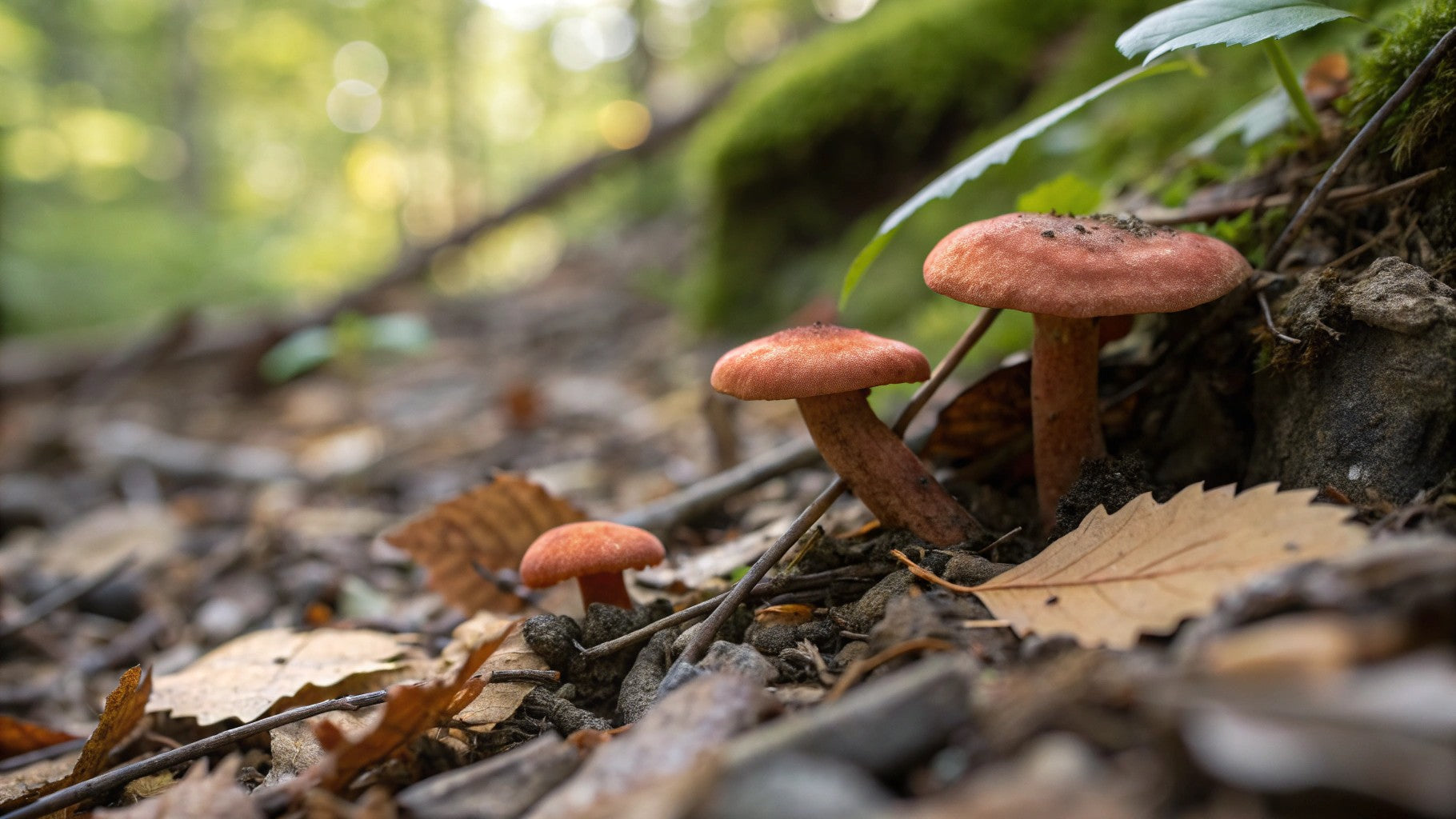
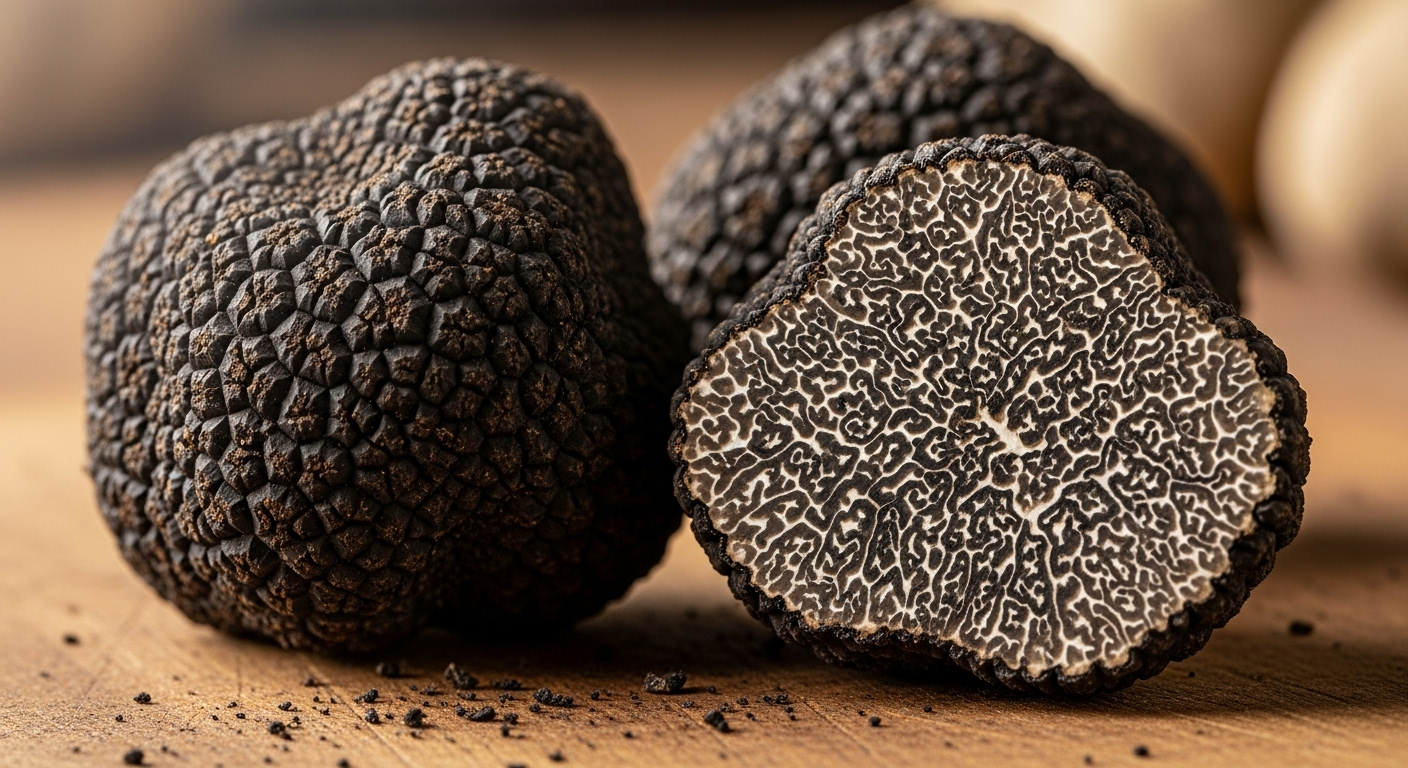
Share:
Lion’s Mane and ADHD: Exploring Nature’s Powerful Brain Booster
Lions Mane Mushroom Growing Kit: Easy Home Harvest